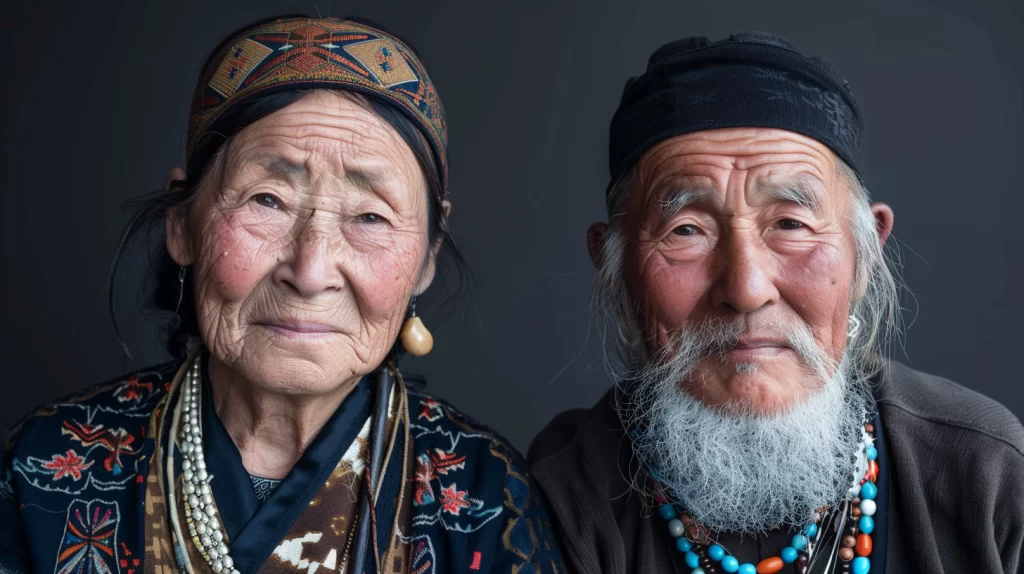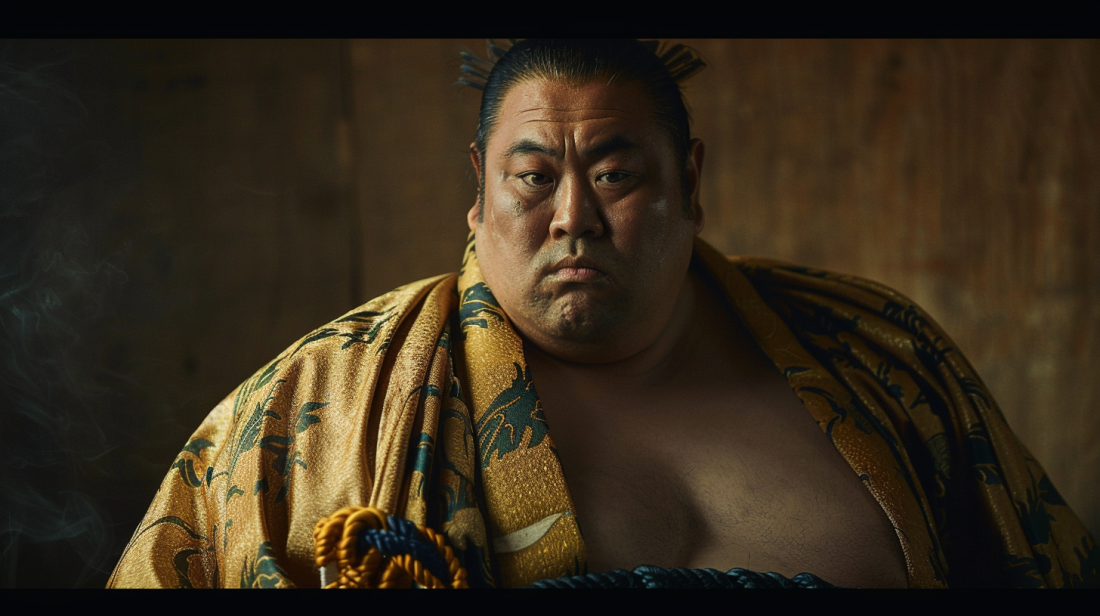The Ainu people, indigenous to the northern regions of Japan, particularly Hokkaido, as well as parts of Russia, have a rich and distinct culture that stands apart from mainstream Japanese society. Historically, the Ainu lived in harmony with nature, developed unique spiritual beliefs, and maintained a rich oral tradition. Today, they are recognized for their efforts to preserve and revive their cultural heritage after centuries of assimilation policies.
This article explores 15 interesting aspects of the Ainu culture, history, and their contributions to our broader understanding of Japan’s diverse cultural landscape.
1. Indigenous Recognition
It wasn’t until 2008 that Japan formally recognized the Ainu as an indigenous people, acknowledging their unique culture and history.
2. Language
The Ainu language is distinct from Japanese and belongs to no other known language family. Efforts are being made to revive it as it is currently classified as critically endangered.
3. Spiritual Beliefs
The Ainu practiced animism, believing that spirits inhabit all things in nature, including animals, plants, and even utensils.
4. Traditional Dress
Ainu traditional clothing is made from the bark of the elm tree, known as “attus,” and is adorned with distinctive patterns that have cultural significance.
5. Tattoo Tradition
Ainu women were known for their distinctive practice of tattooing around their mouths and on their arms and hands, a tradition that marked significant life events.
READ MORE: The Connection Between Sumo Wrestling and Shinto Rituals Explained
6. Oral Literature
The Ainu have a rich oral literature, including yukar, which are epic tales that recount the adventures of gods and heroes.
7. Music and Dance
Ainu music, which includes a unique type of vocal performance known as “upopo,” often accompanies traditional dances and rituals.
8. Craftsmanship
The Ainu are skilled in various crafts, including wood carving, weaving, and needlework, which are highly prized for their intricate beauty.
9. Living with Nature
Traditionally, the Ainu were hunters, fishermen, and gatherers, deeply connected to their natural environment, respecting the spirits that resided within it.
10. Bear Worship
The bear is considered the most sacred of animals in Ainu culture. The Iomante, a bear sending-off ceremony, was central to Ainu spiritual life, involving the ritual sacrifice of a bear.
READ MORE: 50 Fascinating Facts You Didn’t Know About JAPAN
11. Cuisine
Ainu cuisine is distinct, utilizing local ingredients such as salmon, deer, and wild plants. Dishes often include soups and stews, reflecting the need for nourishing food in colder climates.
12. Resistance and Adaptation
The Ainu have a history of resistance against Japanese assimilation policies, and they have worked to maintain their cultural identity despite pressures to conform.
13. Cultural Revival
Today, there is a strong movement among the Ainu to revive and preserve their language, crafts, and traditions, including educational programs and public awareness campaigns.
14. Museums and Cultural Parks
The Ainu culture is celebrated and preserved in several museums and cultural parks across Hokkaido, such as the Ainu Museum at Shiraoi.
15. Legal Advances
Recent legal advancements, such as the 2019 law to promote Ainu culture, provide a framework for the ongoing support and recognition of the Ainu people in Japan.
READ MORE: 25 Interesting Facts About Hibakujumoku, the Japanese Birch Tree
The Ainu people of Japan offer a fascinating glimpse into the rich tapestry of human culture. Their resilience in maintaining and reviving their cultural heritage highlights the importance of diversity and the role of indigenous peoples in contributing to the global cultural heritage. Understanding the Ainu enriches our appreciation of Japan’s history and cultural diversity, providing a broader context for the challenges faced by indigenous populations worldwide in preserving their traditions and identities in the modern age.



